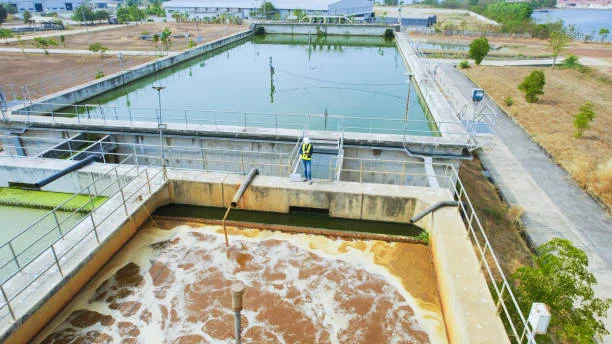
Introduction
With the rapid development of the pharmaceutical industry, the treatment of cyanide - containing wastewater has become an important issue in the field of environmental protection. Cyanide is a highly toxic substance, and even a small amount of it can cause great harm to human health and the ecological environment. The discharge of pharmaceutical wastewater containing cyanide without proper treatment will pose a serious threat to water sources, aquatic organisms, and the entire ecosystem. Therefore, it is crucial to adopt effective treatment methods to reduce the cyanide content in pharmaceutical wastewater to an acceptable level.
Sources and Hazards of Cyanide in Pharmaceutical Wastewater
Sources
Cyanide is used in some pharmaceutical synthesis processes. For example, in the production of certain drugs, cyanide - containing compounds may be used as raw materials or reaction intermediates. During the manufacturing process, cyanide will inevitably enter the wastewater, resulting in the generation of cyanide - containing pharmaceutical wastewater.
Hazards
Toxicity to Humans: Cyanide can inhibit the activity of cytochrome oxidase in the human body, blocking the normal transfer of electrons in the respiratory chain, and ultimately leading to tissue hypoxia. In severe cases, it can cause rapid death. Even long - term exposure to low - concentration cyanide may cause chronic poisoning, affecting the nervous system, cardiovascular system, and other physiological functions.
Harm to the Ecosystem: In the aquatic environment, cyanide is highly toxic to fish and other aquatic organisms. It can damage the gills and nervous systems of aquatic organisms, reducing their ability to breathe and survive. Moreover, through the food chain, cyanide can be accumulated and magnified, posing a threat to higher - level organisms in the food chain.
Common Treatment Methods for Cyanide - Containing Pharmaceutical Wastewater
Chemical Oxidation Method
1.Alkaline Chlorination
Principle: Under alkaline conditions (usually pH = 10 - 11), chlorine - containing oxidants such as chlorine gas or sodium hypochlorite are added to the wastewater. Cyanide is first oxidized to cyanate, and then further oxidized to carbon dioxide and nitrogen gas.
Advantages: This method has a relatively long application history and is widely used. The treatment effect is stable, and it can effectively reduce the cyanide content in wastewater. The required equipment is relatively simple, and the operation is relatively easy to master.
Disadvantages: Chlorine - containing oxidants may react with other organic substances in the wastewater to generate harmful by - products such as trihalomethanes, which are carcinogenic and mutagenic. In addition, the dosage of oxidants needs to be accurately controlled. If the amount is too large, it will cause excessive consumption of chemicals and increase treatment costs; if the amount is too small, the treatment effect will not be ideal.
1.Ozone Oxidation
Principle: Ozone is a strong oxidant. In the wastewater treatment process, ozone can directly react with cyanide, breaking the bond in cyanide and oxidizing it to non - toxic substances such as carbon dioxide and nitrogen through a series of complex free - radical reactions.
Advantages: Ozone oxidation has a high treatment efficiency and can quickly decompose cyanide. It does not introduce additional harmful substances into the treated water, avoiding secondary pollution. At the same time, ozone can also play a role in disinfecting and decolorizing the wastewater, improving the overall quality of the treated water.
Disadvantages: The equipment for producing ozone is relatively expensive, and the energy consumption is high. The solubility of ozone in water is relatively low, which limits its reaction efficiency. In addition, the stability of ozone is poor, and it needs to be produced on - site, which increases the complexity of the operation and management of the treatment process.
1.Hydrogen Peroxide Oxidation
Principle: In the presence of a catalyst like iron ions, hydrogen peroxide decomposes to generate highly reactive hydroxyl radicals. These radicals can oxidize cyanide to cyanate first, and then further oxidize cyanate to non - toxic substances.
Advantages: Hydrogen peroxide is a relatively clean oxidant, and the reaction products are mainly water and oxygen, which will not cause secondary pollution. The treatment process is relatively mild, and it has certain adaptability to changes in wastewater quality.
Disadvantages: The catalytic oxidation system requires strict control of reaction conditions such as pH value and catalyst dosage. If the conditions are not appropriate, the oxidation efficiency will be greatly reduced. In addition, the cost of hydrogen peroxide is relatively high, which will increase the treatment cost of wastewater.
Biological Treatment Method
Principle: Some microorganisms have the ability to degrade cyanide. Under appropriate environmental conditions such as suitable temperature, pH value, and dissolved oxygen, these microorganisms can use cyanide as a carbon source or nitrogen source for growth and metabolism, converting cyanide into non - toxic substances such as carbon dioxide, water, and ammonia. For example, some bacteria in the Pseudomonas genus can decompose cyanide through a series of enzymatic reactions.
Advantages: Biological treatment is an environmentally friendly method. It does not require a large amount of chemical reagents, reducing the generation of chemical waste. The operation cost is relatively low compared with some chemical oxidation methods, especially suitable for the treatment of large - scale low - concentration cyanide - containing wastewater.
Disadvantages: Biological treatment is highly dependent on the activity of microorganisms. The adaptability of microorganisms to changes in wastewater quality, such as sudden increases in cyanide concentration, pH value fluctuations, and the presence of toxic and inhibitory substances, is relatively poor. The treatment time is usually longer than that of chemical oxidation methods, and a large - area reaction tank is required, occupying more land resources.
Physical - Chemical Treatment Method
1.Adsorption Method
Principle: Adsorbents such as activated carbon, zeolite, and resin are used to adsorb cyanide in wastewater. Activated carbon, with its large specific surface area and rich pore structure, can adsorb cyanide through physical and chemical means. The surface functional groups on activated carbon can interact with cyanide ions through electrostatic attraction and chemical bonding.
Advantages: The adsorption method has a simple operation process and can effectively remove low - concentration cyanide in wastewater. Adsorbents can be regenerated and reused in some cases, reducing treatment costs. It can also be combined with other treatment methods to further improve the treatment effect.
Disadvantages: The adsorption capacity of adsorbents is limited. When the adsorbent is saturated, it needs to be replaced or regenerated. The regeneration process is relatively complex and may require additional energy and chemicals. In addition, the cost of high - quality adsorbents is relatively high.
1.Membrane Separation Method
Principle: Membrane separation technologies such as reverse osmosis, nanofiltration, and ultrafiltration can be used to separate cyanide from wastewater. These membranes have selective permeability, allowing water molecules and some small - molecular substances to pass through while retaining cyanide and other larger - molecular - weight pollutants. For instance, in the reverse osmosis process, under high pressure, water passes through the semi - permeable membrane, while cyanide is intercepted on the high - pressure side.
Advantages: Membrane separation can achieve high - efficiency separation of cyanide with high accuracy. It can operate continuously and has a small footprint. The treated water quality is relatively stable and can meet strict discharge standards.
Disadvantages: The membrane is prone to fouling, which will reduce the membrane flux and separation efficiency. The cleaning and replacement of the membrane are costly. In addition, the initial investment in membrane separation equipment is relatively large.
Process Selection and Optimization
When selecting a treatment process for cyanide - containing pharmaceutical wastewater, multiple factors need to be comprehensively considered.
Wastewater Quality: Analyze the concentration of cyanide in the wastewater, the presence of other pollutants such as heavy metals and organic matter, and the pH value of the wastewater. For high - concentration cyanide - containing wastewater, chemical oxidation methods may be more suitable; for low - concentration cyanide - containing wastewater, biological treatment or physical - chemical treatment methods can be considered.
Treatment Requirements: Determine the required discharge standards or reuse requirements of the treated water. If the discharge standard for cyanide is very strict, a combination of multiple treatment methods may be needed to ensure that the treated water meets the standard.
Economic Factors: Consider the investment cost of treatment equipment, the operating cost including the cost of chemicals, energy consumption, and labor costs, and the cost of sludge treatment and disposal. Choose a treatment process with reasonable cost and good economic benefits.
Environmental Impact: Prefer treatment methods that produce less secondary pollution. For example, compared with alkaline chlorination, ozone oxidation and biological treatment methods produce fewer harmful by - products, which are more environmentally friendly.
In addition, in the actual treatment process, continuous optimization of the treatment process is also necessary. Regularly monitor the quality of the treated water, adjust the operating parameters of the treatment equipment in a timely manner, and carry out maintenance and repair of the equipment to ensure the stable operation of the treatment system and the achievement of good treatment effects.
Conclusion
The treatment of cyanide - containing pharmaceutical wastewater is of great significance for environmental protection and human health. Different treatment methods, including chemical oxidation, biological treatment, and physical - chemical treatment, have their own characteristics and application scopes. In practical engineering applications, it is necessary to comprehensively consider various factors such as wastewater quality, treatment requirements, economic costs, and environmental impacts, and select and optimize the appropriate treatment process. With the continuous development of science and technology, more efficient, environmentally friendly, and cost - effective treatment technologies for cyanide - containing pharmaceutical wastewater will continue to emerge, providing strong support for the sustainable development of the pharmaceutical industry and environmental protection.
- Random Content
- Hot content
- Hot review content
- Chromates / Potassium Dichromate 99.5%
- Flexible Customer and Supplier Relations Specialist (Location: Nigeria)
- Powdery emulsion explosive
- Sodium bisulfite 99% High Quality Factory Supply
- Anhydrous Ammonia 99% Liquid
- Antimonium Tartrate Potassium
- Food Grade Ammonium Sulphate
- 1Discounted Sodium Cyanide (CAS: 143-33-9) for Mining - High Quality & Competitive Pricing
- 2China's New Regulations on Sodium Cyanide Exports and Guidance for International Buyers
- 3Sodium Cyanide 98% CAS 143-33-9 gold dressing agent Essential for Mining and Chemical Industries
- 4International Cyanide(Sodium cyanide) Management Code - Gold Mine Acceptance Standards
- 5China factory Sulfuric Acid 98%
- 6Anhydrous Oxalic acid 99.6% Industrial Grade
- 7Oxalic acid for mining 99.6%
- 1Sodium Cyanide 98% CAS 143-33-9 gold dressing agent Essential for Mining and Chemical Industries
- 2High Quality 99% Purity of Cyanuric chloride ISO 9001:2005 REACH Verified Producer
- 3Zinc chloride ZnCl2 for High Molecular Weight Polymers Initiator
- 4High Purity · Stable Performance · Higher Recovery — sodium cyanide for modern gold leaching
- 5High Quality Sodium Ferrocyanide / Sodium Hexacyanoferr
- 6Gold Ore Dressing Agent Safe Gold Extracting Agent Replace Sodium Cyanide
- 7Sodium Cyanide 98%+ CAS 143-33-9

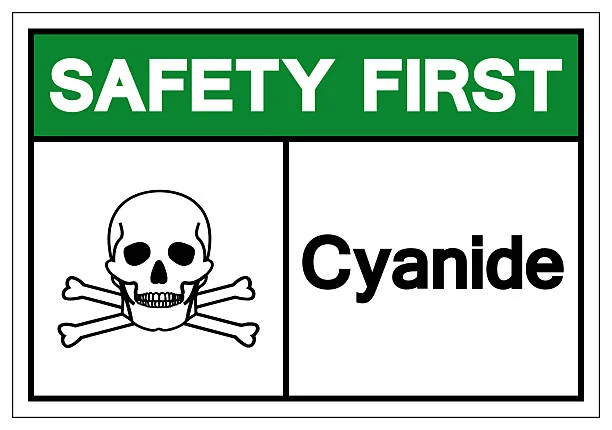
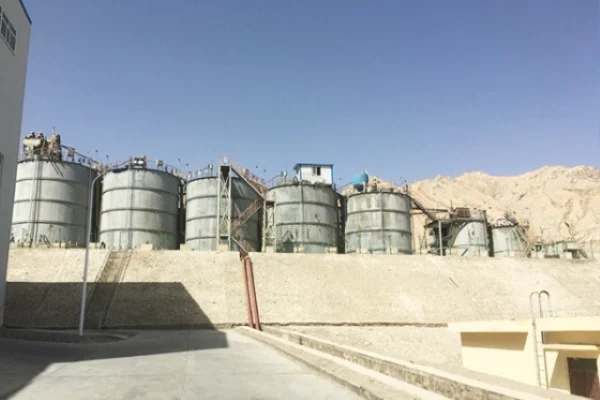
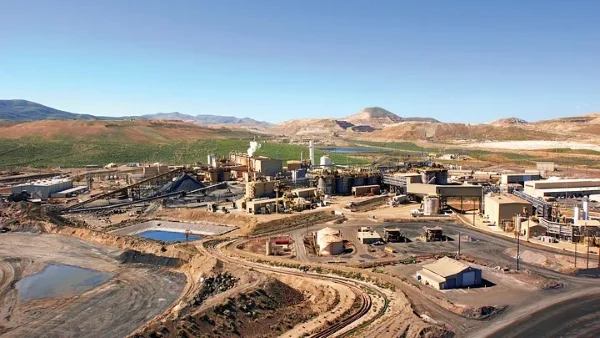

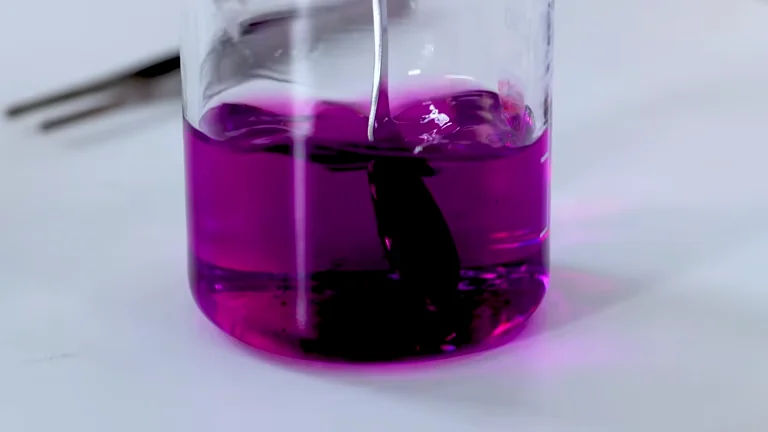





Online message consultation
Add comment: